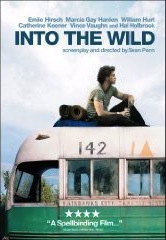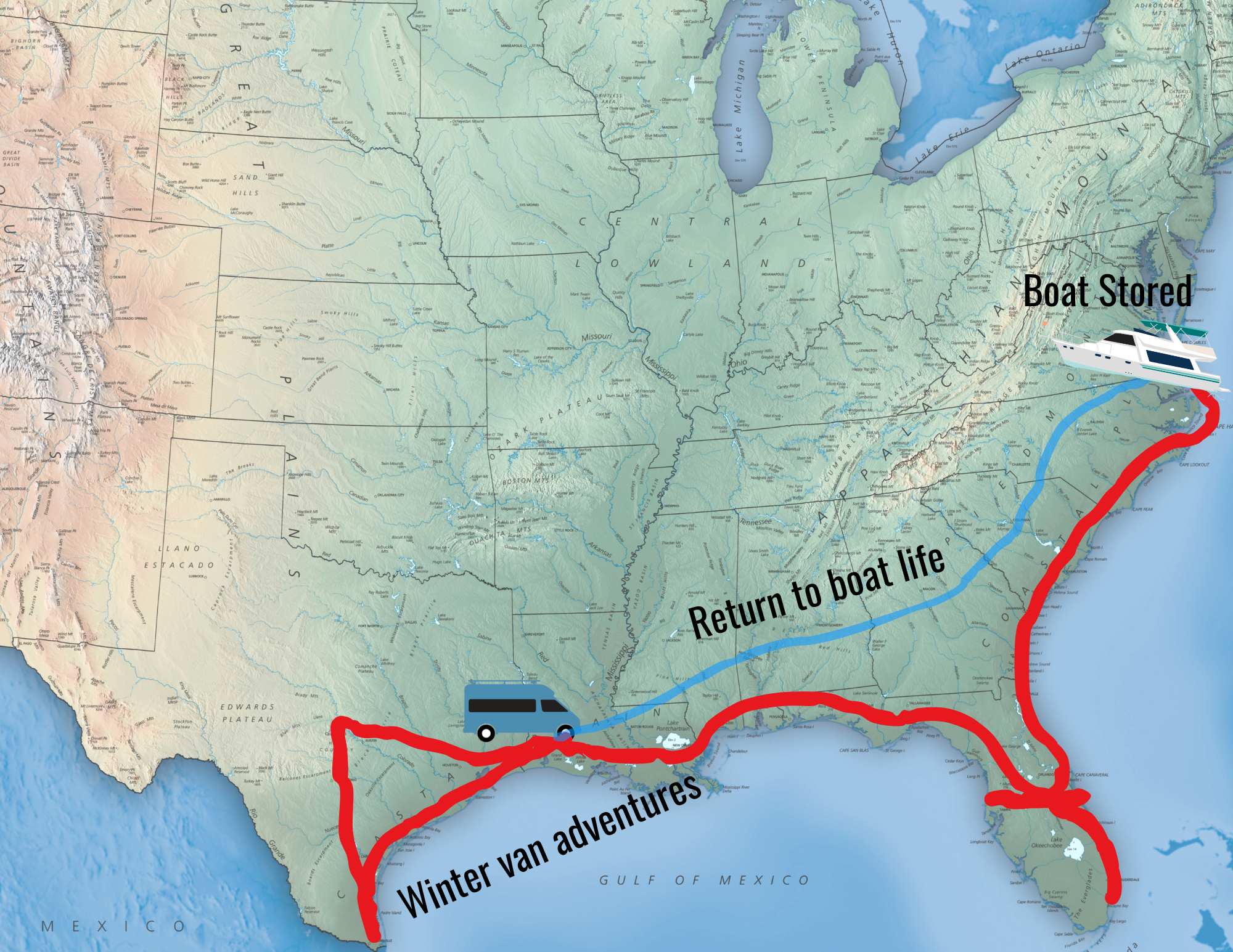 Into the Wild tells the true story of Christopher McCandless and his tragic quest to challenge himself and rebel against modern society by journeying alone and almost entirely unprepared into the deep Alaskan wilderness in the summer of 1992.
Into the Wild tells the true story of Christopher McCandless and his tragic quest to challenge himself and rebel against modern society by journeying alone and almost entirely unprepared into the deep Alaskan wilderness in the summer of 1992.
There is a lot I admire about Chris. He went to extremes to break free from the formulas and maps that define modern society, and my heart definitely identifies with his rejection of “stuff” and the pursuit of adventure that was driving him.
But I totally reject his methods. In the end, Chris proved to be a reckless and self-centered dumbass, and though the movie does not show it – his death could have been easily avoided.
Chris graduated from Emory University in 1990, and rather than head off to law school like his family expected, he donated his life savings of $24,000 to charity, and he set off driving west, abandoning his parents and sister, never to speak to them again.
After many adventures along the way he reached Alaska in 1992, where he journeyed into the wilderness with little more than a book about edible plants, a rifle, and a 10lb bag of rice for sustenance.
It was tough living off the land. He did manage to hunt and kill a moose, but he did not know how to preserve the meat and it rotted on him. Before long, he was starving. And when he tried to escape by retracing his steps, he discovered that the shallow river he had waded across early in the season was now a raging and impassible torrent, trapping him.
He lasted a bit over 100 days, living in an old abandoned bus for shelter.
Hunters found his body, his journal, and his cameras full of undeveloped film just two weeks later. His final journal entry: “I HAVE HAD A HAPPY LIFE AND THANK THE LORD. GOODBYE AND MAY GOD BLESS ALL!”
The movie (and the book it was based on) surmised that Chris would have made it had he not accidentally eaten poisonous berries. But no evidence of fatally poisonous berries were ever found in the area, and the more likely scenario is that Chris simply starved to death – expending more calories to find food than he got from eating it. When he was found, his body weighed less than 70lbs.
The movie makes no mention of this – but when I went to read more about Chris and the controversy around his death, I was shocked to discover that there was a hand-operated tram over the river less than a quarter mile from where Chris had found himself trapped and unable to cross. If he had only had a detailed map, he would have been able to walk out to safety.
Just a tiny bit of preparation would have saved him.
*sigh*
The movie dramatizing Chris’s life is really good though. It stars Emile Hirsch, and he does an amazing job portraying Chris and the changes he undergoes. The movie was a labor of love for director Sean Penn, who also wrote the screenplay. The location shooting is fabulous, and the beauty and magic of the wilderness is thoroughly captured.
I just wish the movie hadn’t tried so hard to make Chris into a heroic figure, when in truth he was more tragic than not. That side of his story was left mostly untold.
Still… A very beautiful, and thought provoking movie. I highly recommend it.
Rating: 4 stars
Note: I am curious to check out a new non-Hollywood documentary about the Christopher McCandless story called The Call of the Wild. To make the movie, the filmmaker physically retraces Chris’s journey from a more objective and less hero-worshipping angle. The “Debunking” page on the documentaries website is where I learned a lot about just how misleading the Hollywood drama version had been.


This blog is fueled by YOUR enthusiasm. Your comments help inspire the next post.. don't be shy!